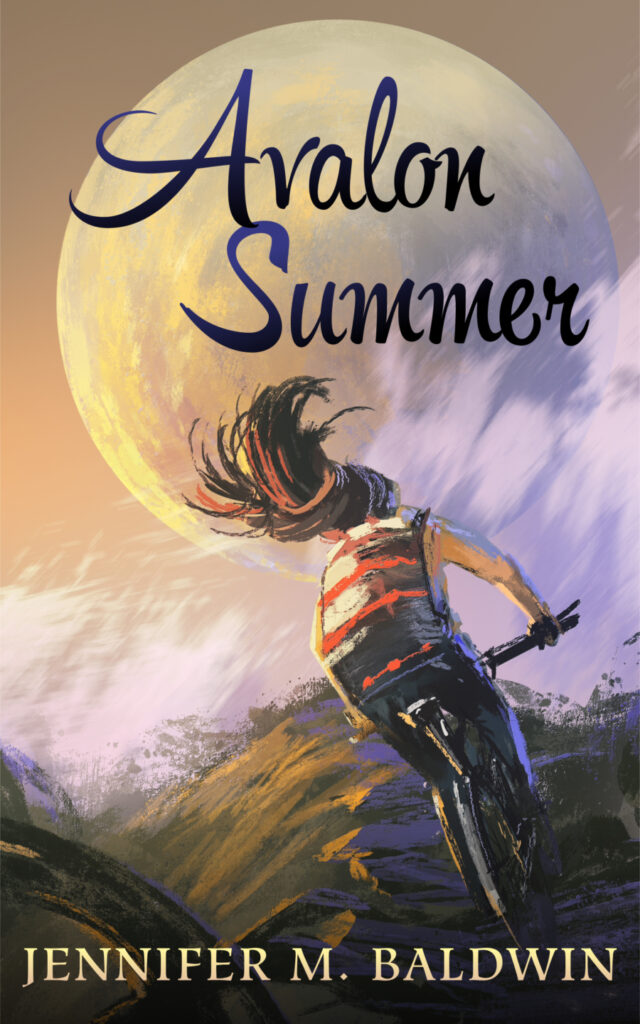
I’ve written before about my love for the Long Wolf RPG adventure books, but it was only recently that I found out the books have been reprinted with snazzy new covers in larger paperback format.
So what did I do with my Christmas giftcards? I bought the first two in the series, of course!
When I opened the envelope the other day, my children were all very interested in these books (especially after I explained how much I loved them as a kid), but to my surprise, it was my middle child who asked if I would read the books to him so he could play. He’s not the one I would peg as being “into” fantasy the way my oldest is; I could only guess that he was intrigued by the monsters and potential for fighting. Whatever the reason, he asked several times before I had even thrown the packaging away, so after taking care of the padded envelope, he and I settled onto the couch, pencil and book in hand.
Thus began our nearly ninety-minute gaming excursion in which I got to witness the Lone Wolf books through the eyes of a child.
I had read them most recently on my own, as an adult, and while they were a nostalgic trip for me, I was approaching them with thirty-plus years of life experience and fantasy fandom and all the other things that make a grown-up a bit inoculated to the sheer joy of playing an rpg adventure book like this. I loved them for the memories they conjured, and I liked them for the old-school, somewhat simplistic fun they provided to adult-me.
But playing with my eight-year-old son was something different entirely. Each choice was a considered one, sometimes accompanied by checking the excellent and evocative map of Map of the Lastlands provided in the front, sometimes talking aloud the risks and potential rewards of the various options. My son really weighed each choice, often making his decision because something would be “nice to do” or “helpful” or “because I don’t want to hurt anybody” or simply because venturing forth into a dark tunnel under a hill would be cool.
When we faced off against monsters, and he had to point his finger at the number grid in the back, waiting for me to read the result from the Combat Results Table, there was real tension and anticipation in his face. When he scored victories, he would pump his fist and cry, “Yes!” with such beautiful innocence, that I couldn’t help being overwhelmed at seeing the pureness of his joy.
After he made each choice and waited for me to the turn the page and read the next entry, I could see him tense up, wondering if he’d made the right decision, worried that he hadn’t. And when his choice resulted in something good, the relief on his face was infectious.
I was seeing what it must have been like for me as a kid: the same anticipation, the same dread, the same relief, the same joy. I could no longer experience that innocent pleasure myself, but I could watch it on the face of my child and get a time-traveled glimpse of my own first foray into the world of Lone Wolf. I was the adult, the grown-up, the one whose emotions were a bit too calloused to fist pump after a victory against a burrow-crawler, but I could bear witness to my child’s excitement, to the gleam of wonder in his eyes, and that gleam was surely once my own, when I was eight years old and reading the Lone Wolf books, and the Endless Quest books, and the Choose Your Own Adventure books off in a corner somewhere, lost in my own world of quests and magic.
I’m glad I could give my son the experience of the Lone Wolf books, but I’m also grateful for his gift to me: the gleam in his eyes and the wonder in his smile.






